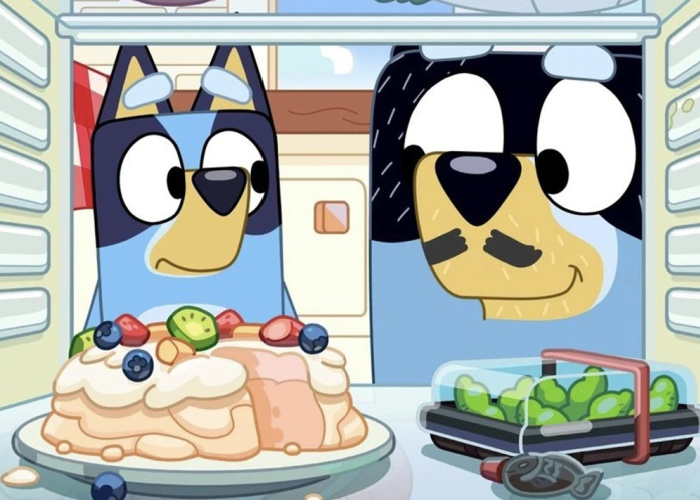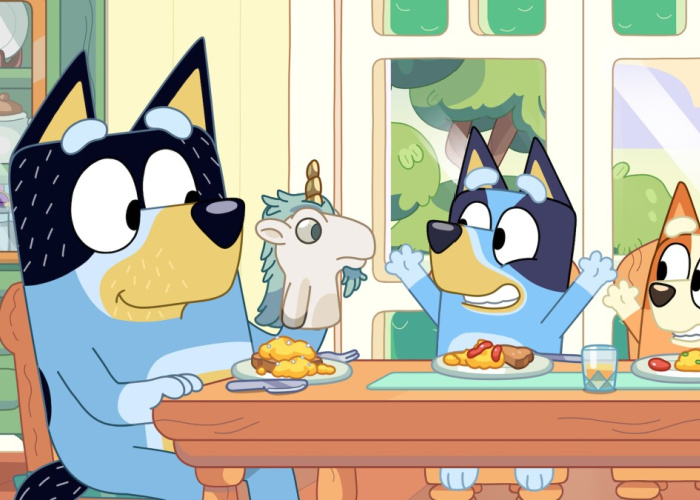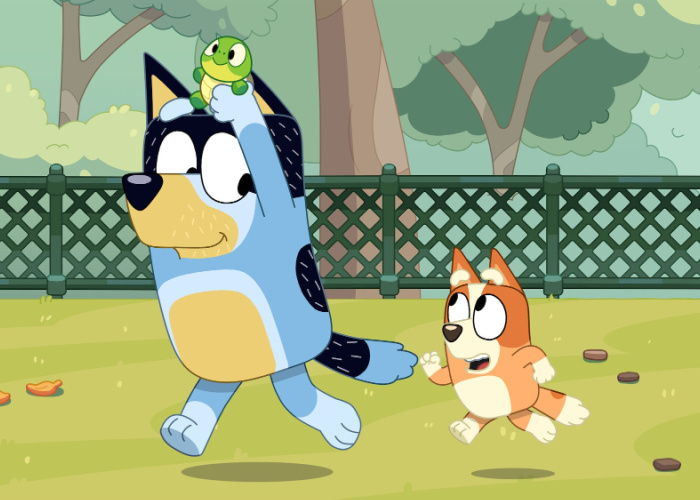It's crucial to know that students with autism and ADHD need special study strategies. Autism…

Is Bluey Autistic? Looking at The Autistic Traits in TV’s Favorite Pup
Bluey, the animated Australian Cattle Dog that stars in the hit preschool TV show Bluey, has become wildly popular with kids and parents alike since the show debuted in 2018.
But some fans have wondered if Bluey exhibits traits of autism spectrum disorder (ASD). While Bluey is a fictional character who can’t actually be diagnosed, there are some clues in her behavior that have led to speculation.
What is Autism Spectrum Disorder?
Autism spectrum disorder (ASD) is a developmental disability that affects how people communicate, interact, and behave. The “spectrum” refers to the wide range of symptoms and severity that exists. Some characteristics often associated with ASD include:
- Difficulties with social communication and interaction
- Restricted, repetitive patterns of behaviors or interests
- Sensory sensitivities
- Difficulty with changes in routine
- Intense focus or interest in certain subjects
ASD begins early in childhood and affects people differently based on the level of support they need. Some people with ASD are able to live independently, while others require more substantial care and support.
Learn More: Does Bluey Have ADHD? Insights into Bluey’s Character Traits.

Does Bluey Display Autistic Traits?
Bluey is an energetic 6-year-old pup who loves to play pretend games with her younger sister Bingo and get into adventures around the neighborhood. To many viewers, her quirky personality and vivid imagination seem like typical kid behavior. But some particular characteristics have stood out as potentially autistic to keen observers:
1. Fixations and special interests
Children with ASD often develop intense, all-consuming interests in certain topics or objects. Bluey has several passionate fixations, most notably playing “hospital” with her toy medical kit. Her play hospital scenarios are extremely elaborate and detailed. She also gravitates towards specific toys or themes in her games, like playing “fairies” with Bingo.
2. Literal thinking
Some autistic children interpret language very literally and have trouble understanding figurative speech, idioms, and sarcasm. Bluey can exhibit literal thinking at times. In one episode, her dad Bandit tells her to “hold her horses” but she takes him literally and pretends to hold imaginary horses.
3. Sensory sensitivity
Unusual responses to sensory stimuli like sound, light, and texture are common in ASD. Bluey does not like the feeling of grass on her feet and refuses to walk barefoot outside because “it tickles too much.” She also covers her ears when noises are too loud.
4. Routines and resistance to change
Difficulty coping with changes to expected routines or environments is an autism trait Bluey displays at times. She insists on having tea parties at the same table every day. And in one episode, she resists visiting the beach when her normal beach is closed.
However, Bluey ultimately adapts to new environments, indicating flexibility as well.
Learn More: Does Jack from Bluey Have ADHD? An Analysis of His Behavior.

Reasons Bluey May Not Be Autistic
While Bluey exhibits a few characteristics that align with autism, there are also many ways she does not fit the diagnostic criteria for ASD:
- Strong social skills: Bluey has close, imaginative play with her sister Bionic and other children. She is social, empathetic, chats freely and maintains eye contact.
- Creativity and pretend play: Bluey’s incredibly active imagination fuels her pretend play. Autistic kids sometimes lack interest in imaginative play.
- Adaptive communication: Bluey effectively uses language to communicate her thoughts and feelings. Many autistic kids struggle with spoken language.
- Regulates emotions: Bluey throws occasional tantrums but overall regulates her emotions well for a young child. Autistic kids tend to have more frequent emotional meltdowns.
- No repetitive behaviors: Besides her play themes, Bluey does not exhibit repetitive motor mannerisms which are a core symptom of autism.
The Difficulty of Labeling Fictional Characters
While debates around beloved characters can raise autism awareness, there are inherent challenges to labeling fictional cartoon characters:
- Can’t evaluate in person: Diagnosing autism requires direct, in-person assessment by a qualified professional over time. Armchair analysis via a TV screen has limitations.
- Definitions evolve: Our understanding of autism is continually evolving. How we define and view it today may differ from past or future eras.
- Traits out of context: Fictional characters’ behaviors are written to serve a storyline, not to accurately portray a condition. Traits shown selectively may seem exaggerated.
- Risk of misinformation: Casual autism speculation around characters can spread misconceptions if not handled carefully. Portrayals should be validated by those with lived experience.
- There’s no right answer: There is rarely a definitive yes/no answer when speculating on fictional characters. The most important thing is considering perspectives thoughtfully.

Conclusion: We Can’t Diagnose Bluey, But We Can Learn From Her
While the question of whether Bluey exhibits enough autism traits to warrant being labeled on the spectrum has no definitive answer, the lovable cartoon Cattle Dog has certainly started thoughtful conversations. As Bluey teaches us, seeing the world differently is not a flaw, but a unique gift.
Her eccentricities force those around her to reconsider their own rigid assumptions. And her vibrant inner world teaches that imagination and fun know no limits. Bluey encourages us to be more patient, open-minded, and even silly – qualities that allow connections to form between all kinds of people.



This Post Has 0 Comments